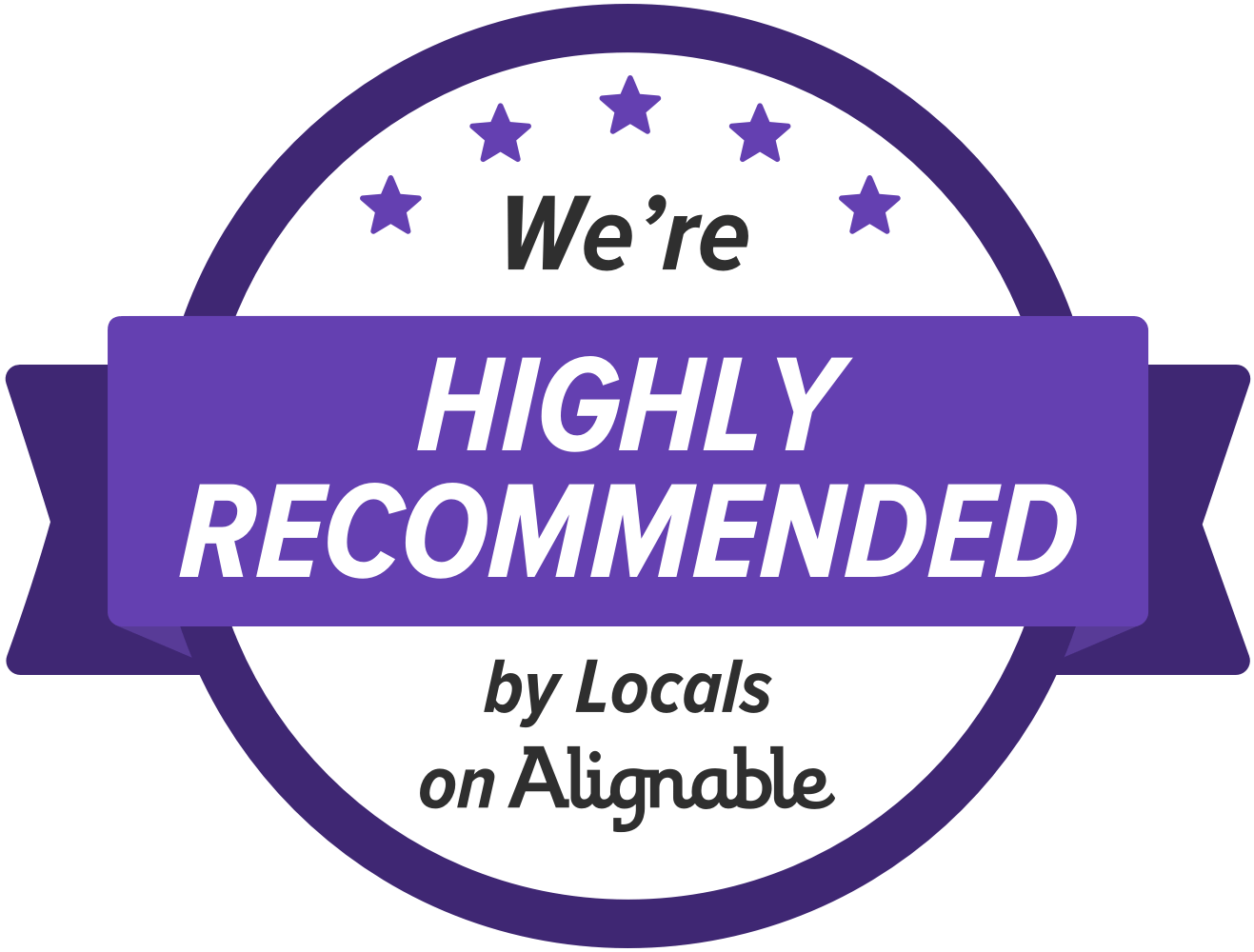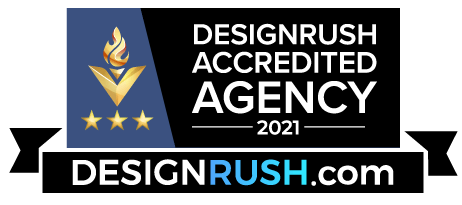Some Essential Dos and Don'ts of SEO For Blog Posts
Every company with an online presence should prioritize search engine optimization. Every small company's blogging formula should include a solid SEO strategy and content marketing plan. As we have attempted to demonstrate to readers, it does not have to be as tricky as it appears. When it comes to optimizing blog posts for SEO, there are some rules to follow.
DO: Prepare Your Website for SEO Blogging
You can do various things before publishing your first blog post to optimize it for search engine crawling. Some of the most significant are:
Create a Sitemap:
Google indexes individual web pages rather than entire websites. A sitemap describes the order and hierarchy of your website, making it simpler for search engines to crawl the site and find/index each page as a contender for inclusion in search engine results.
Mobile Friendliness:
Google has stated that they will apply an increased-weight ranking factor for mobile-friendly websites when determining search engine results. This means that if your website is not mobile optimized, your visibility could be impacted.
Internal Linking:
A good internal linking structure will help search engines crawl your site and understand the value of each page on your site. It is essential that your internal linking structure is logical and is not rife with broken links.
DON'T: Employ Black Hat Strategies Such as Cloaking.
Cloaking is the process of putting a custom code on your website that precisely looks for the Google Bot or the actual Google Bot IP address so that it may treat the Google Bot differently from other visitors. In other words, you are ignoring the users and going after the search engine. The problem is that search engines are catching on, and if you are caught employing these types of strategies, your site can be penalized or banned.
DO: Include the Keywords and Key Phrases You Want to Target
These are the words and phrases used to find your business and your products and services. Research shows that the most common topic of interest to users online is related to their specific location and the products and services they wish to find. For example, if you are a dentist in Tampa, you would ensure that you cover topics such as: "dentist in Tampa," "Tampa dentist," or "Sarasota dentist" in your blog posts. These are the key phrases you want to rank highly in local results.
DON'T: Rely on a Single Social Media Platform
Sure, social media can be an excellent way for you to connect with your audience. However, you should never put all your eggs in the social media basket. It is better to be active on several platforms where your audience spends their time than to depend on just one.
DO: Provide High-Quality Content
When trying to rank your blog posts for keywords, the content must be of high quality. It needs to be interesting, engaging, and valuable. This is of utmost importance because the search engines will assess the number of links pointing to your website, the number of visitors your website attracts, and the usefulness of your content.
DON'T: Copy Other People's Work
Research is an important stage in producing high-quality content for your website. However, when conducting research, please resist the urge to steal chunks of other websites and use their material in your blog article. Even if you believe they have correctly described a subject, or if you are just attempting to save time, don't do it!
According to Google's Quality Guidelines, websites should avoid "producing pages with little or no unique material" and "scraped content." If this rule is broken, Google may take manual action against violators.
Conclusion
Now you should have a clear understanding of the most critical steps and strategies to use when blogging for SEO.
Blogging is a great way to engage with your audience and attract new customers. However, if you are looking to build your brand and achieve visibility in the search engines, you have to put time, effort, and energy into your blog content and SEO strategy.
Easy-Click Web Design offers customized and cost-effective web solutions for your company. We provide web design, tech support, project management, Internet marketing services, and
website management in Arizona. Get in touch with us today!















